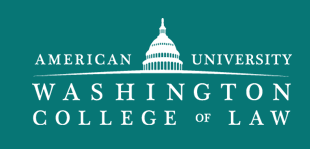Journal
Cardozo Arts and Entertainment Law Journal
Volume
42
First Page
683
Abstract
In Google LLC v. Oracle America, Inc. (“Google v. Oracle”), and again in Andy Warhol Found. for the Visual Arts, Inc. v. Goldsmith (“Warhol”), the parties and various amici presented the Court with a variety of arguments about the relationship between a copyright owner's right to make derivative works from a protected work and a user's right to make fair uses of that same work. At bottom, these arguments were about the proper, or even optimal, scope of copyright. This Essay argues that these arguments were instead grounded in a form of ““prospect theory” of copyright scope that would give the copyright owner the right to stake a claim to nearly all secondary works created from a source work. The Court rejected these arguments, first in Google v. Oracle and then again in Warhol. Instead, both cases reaffirmed that the user-centered transformative use analysis focuses on the public benefit that flows from the secondary use of a copyrighted work. This Essay calls attention to these arguments grounded in prospect theory because, even though they have been soundly rejected, they are likely to be repeated in future fair use litigation. Prospect theory is not the law, nor should it be.
Repository Citation
Michael W. Carroll,
Why the Supreme Court Rejected the Prospect Theory of Copyright Scope,
42
Cardozo Arts & Ent. L.J.
683
(2024).
Available at:
https://digitalcommons.wcl.american.edu/facsch_lawrev/2319

